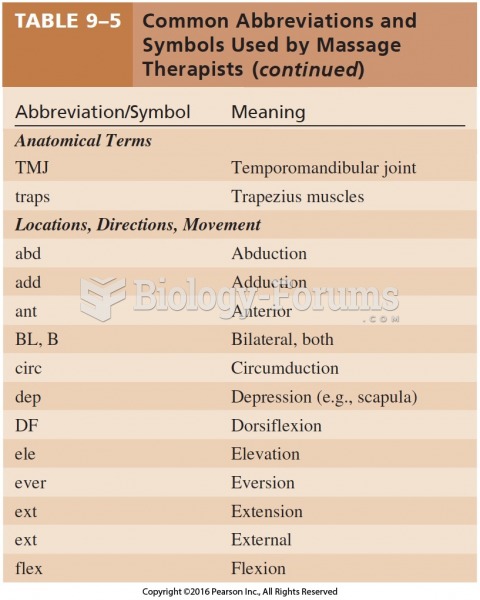This topic contains a solution. Click here to go to the answer
|
|
|
Did you know?
People with high total cholesterol have about two times the risk for heart disease as people with ideal levels.
Did you know?
There are 60,000 miles of blood vessels in every adult human.
Did you know?
It is difficult to obtain enough calcium without consuming milk or other dairy foods.
Did you know?
People about to have surgery must tell their health care providers about all supplements they take.
Did you know?
Lower drug doses for elderly patients should be used first, with titrations of the dose as tolerated to prevent unwanted drug-related pharmacodynamic effects.







